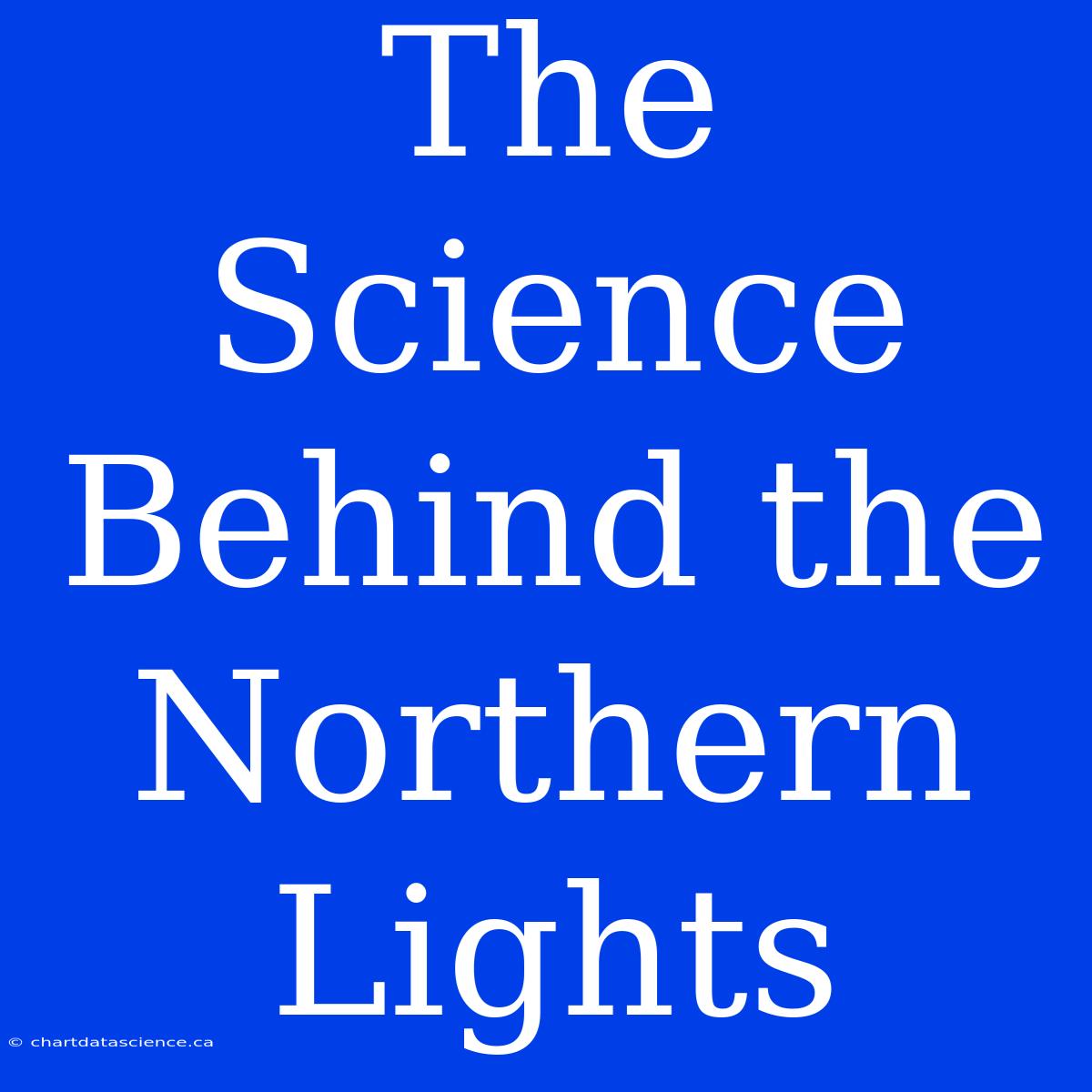Unveiling the Cosmic Dance: The Science Behind the Northern Lights
Have you ever gazed up at the night sky and been mesmerized by the shimmering, vibrant curtains of green, purple, and blue dancing across the heavens? This breathtaking celestial spectacle, known as the Aurora Borealis or Northern Lights, is a captivating display of nature's artistry. But beyond the visual wonder, lies a fascinating scientific explanation for this phenomenon.
The Sun's Cosmic Ballet and the Earth's Magnetic Shield
The Northern Lights are essentially a cosmic ballet, a mesmerizing interplay between the Sun and our planet Earth. It all begins with the Sun, a fiery ball of plasma constantly erupting with solar flares and coronal mass ejections (CMEs). These powerful bursts of energy release charged particles, primarily electrons and protons, hurtling out into space like a cosmic wind.
Earth's magnetic field acts as a protective shield, deflecting most of these charged particles. However, some particles are trapped by the magnetic field lines, guiding them towards the Earth's poles. These particles then collide with atoms and molecules in the upper atmosphere, mainly oxygen and nitrogen.
Atomic Collisions and the Magical Light Show
This collision is the key to the Northern Lights. The charged particles from the Sun excite the atoms and molecules in the atmosphere, causing them to gain energy. When these excited atoms return to their normal state, they release this excess energy in the form of light.
Different colors are produced by different atoms and molecules. Oxygen atoms emit green and red light, while nitrogen atoms emit blue and purple. The higher the altitude, the more likely it is for oxygen to emit green light, resulting in the iconic green glow of the Northern Lights.
Factors Influencing the Aurora's Dance
The intensity and location of the Northern Lights are influenced by various factors:
- Solar activity: The intensity of the Sun's solar flares and CMEs directly affects the number of charged particles reaching Earth, impacting the brightness and frequency of auroras.
- Geomagnetic storms: These events occur when the Earth's magnetic field is disrupted, allowing more charged particles to penetrate deeper into the atmosphere, creating more intense auroras.
- Season: Auroral activity is generally higher during the equinoxes (spring and autumn) due to the alignment of the Earth's magnetic field with the solar wind.
- Latitude: The Northern Lights are most commonly seen near the Earth's poles, but strong geomagnetic storms can push auroral displays further south.
Chasing the Aurora: A Bucket List Dream
Witnessing the Northern Lights is an experience that leaves a lasting impression. Numerous locations around the world, like Alaska, Canada, Iceland, Norway, and Finland, offer prime viewing opportunities. While the best time to spot the Northern Lights is during the winter months, with clear, dark skies, their appearance is a magical and unpredictable phenomenon.
So, the next time you find yourself beneath a clear night sky, remember the intricate dance of the Sun and Earth, the energetic collisions of atoms, and the magnificent beauty of the Northern Lights, a reminder of the awe-inspiring wonders of our universe.

